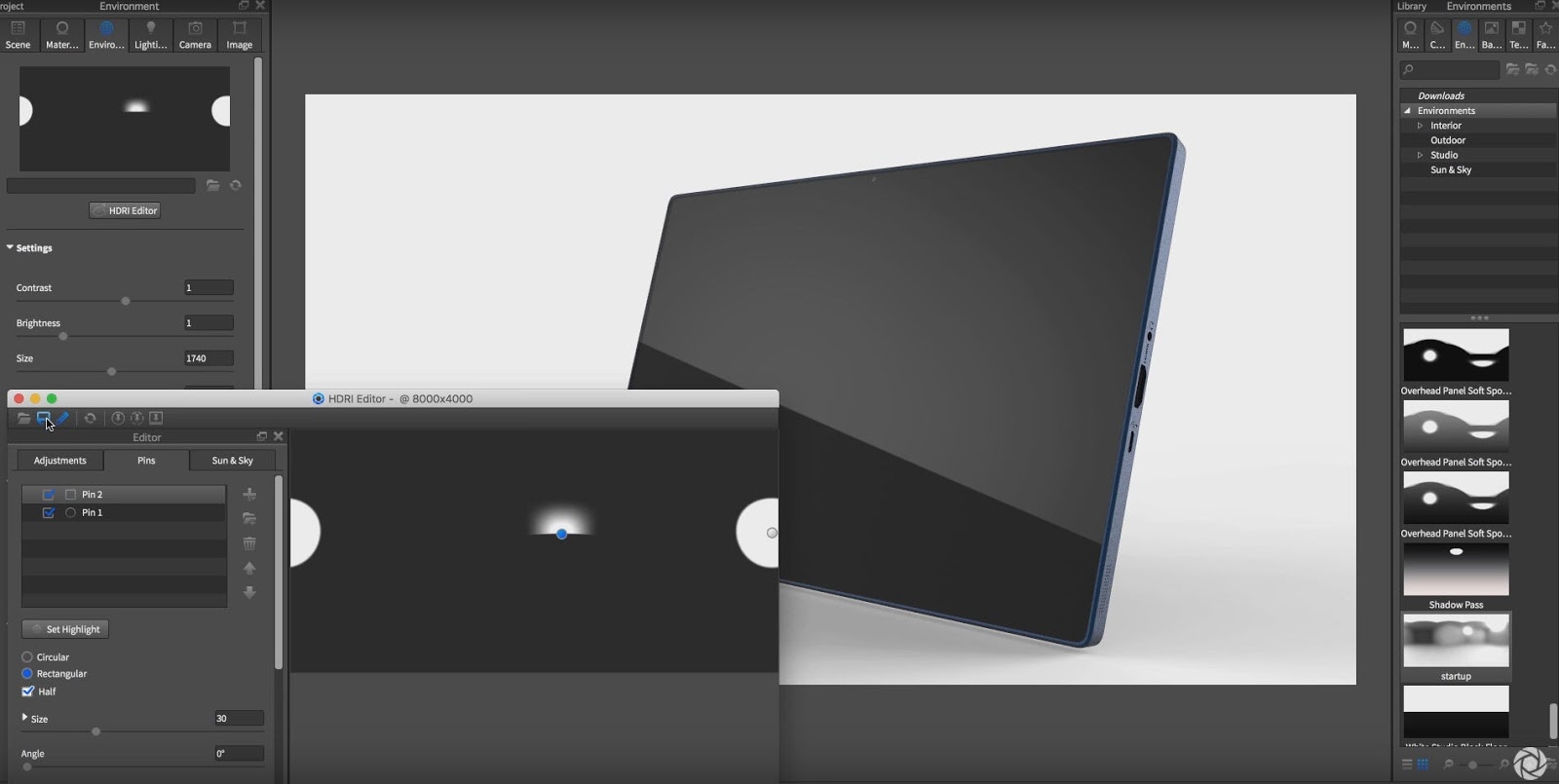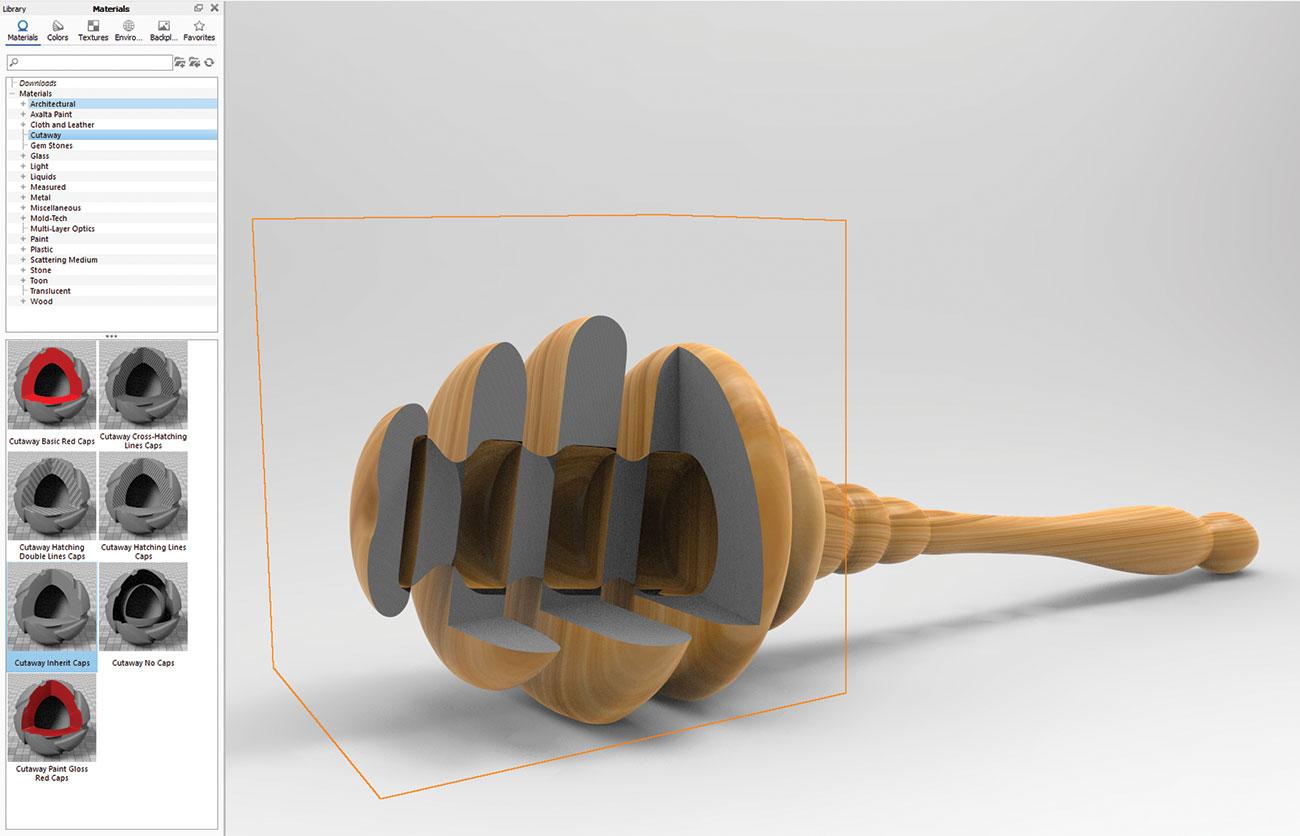

If the light doesn’t seem bright enough or it’s too bright, go back into the Material Graph and adjust your Intensity or add a Color to Number Utility node to increase and fine-tune the values of the light. If the light pulse feels a little fast, simply increase the animation duration in the Animation Timeline. Here are the final Color Fade settings for the toothbrush LED example that gradually goes from off, to on, to off, three times every two seconds. For the transition between the off and on state, be sure to space the stops evenly or as needed for your application. You can create a Color Swatch to speed this up a bit. Click the Add Stop icon to add several stops and alternate their colors accordingly. By adding more stops to the gradient bar and alternating the black and white values, we will create a blinking effect. By default, it goes from 1 to 0 (on to off). Think of black as a value of 0 (off) and white as a value of 1 (on). This is responsible for, essentially, turning the light on and off. Selecting the Color Fade animation, you’ll see a black and white gradient bar in the Animation Properties. Click the output on the Color Fade node and drag it to the Emissive node, selecting Intensity since, as we learned just a bit ago, that’s how we’ll control and animate the brightness.Ĭlose the Material Graph and hit the ‘A-key’ to show the Animation Timeline. To animate this light, right-click in the Material Graph, and select Color Fade from the Animation section. This is where we have the ability to add and connect nodes to create really advanced materials. Here you can change the color of this material, but for this demo, I’m sticking with white. For instance, with a value of 0 the light will appear off but, bump it up to 3 and it’s nice and bright. This controls the intensity of the light emitted.


Okay, look at the properties of the emissive material - there’s not much to it, right? We’re going to focus on that Intensity slider. To really see the effects of this material, make sure you have Global Illumination checked in the Lighting tab. Drag and drop an emissive material onto your part from the KeyShot material library or double-click the part and select Emissive from the Material Type dropdown menu. This is the perfect material for small light sources like this since it’s not meant to illuminate an entire scene. To achieve this, we’ll use an Emissive Material Type. The goal is to make this light slowly fade in and out once the toothbrush lands in the charger. This small light on the side will be our source. In this example, we’ll use a model of an electric toothbrush docking into its charger. Pulsing LEDs Using the Color Fade Animation Node
#STYLIZED KEYSHOT RENDERING TIPS PRO#
Here, we’ll use the Color Fade Animation available in the Material Graph with KeyShot Pro to achieve a subtle pulsing LED animation. Effectively demonstrating a product’s functionality by flashing, blinking, or gently pulsing an LED is important. keyshot tips keyshot ground plane rendering tips 3d renderingĪn important feature and visual cue for many real-world products is light. This is useful with cars or vehicles to simulate the flattening of the rubber tire as the weight of the vehicle pushes it against the ground. As you increase roughness, you will see the reflection become more blurred, like in a matte finish.Įnable this option to cut off any part of your model that rests below the ground plane. This slider is similar to the roughness slider in other materials. Choose values that are lighter to make them more reflective, or choose values that are darker to make them less reflective. (You can make this easier by selecting Grayscale in the color mode pulldown. You can tint the reflection cast by selecting a color, but to retain true mirroring of colors make sure you select a grayscale color. Click on the color swatch to open the color picker window. This is where you set how reflective your ground is. This setting is simillar to the setting found in the Project, Environment tab, and will set the color of shadows cast on this plane. Double-click on the part to adjust the following options: Instead, this Material Type takes on the color or visuals of your background settings so no edges are visible. The Ground Material is unique in that it has no diffuse color. This will add a simple plane at the origin. To start, go to the edit menu, and select Add Geometry, Ground Plane. Use this is as starting point and also experiment with using different material types to represent your ground for even more unique ground planes. While using the default ground plane to create ground reflections is fast and simple, creating a custom ground plane is extremely easy and will give you more control over your scene.


 0 kommentar(er)
0 kommentar(er)
